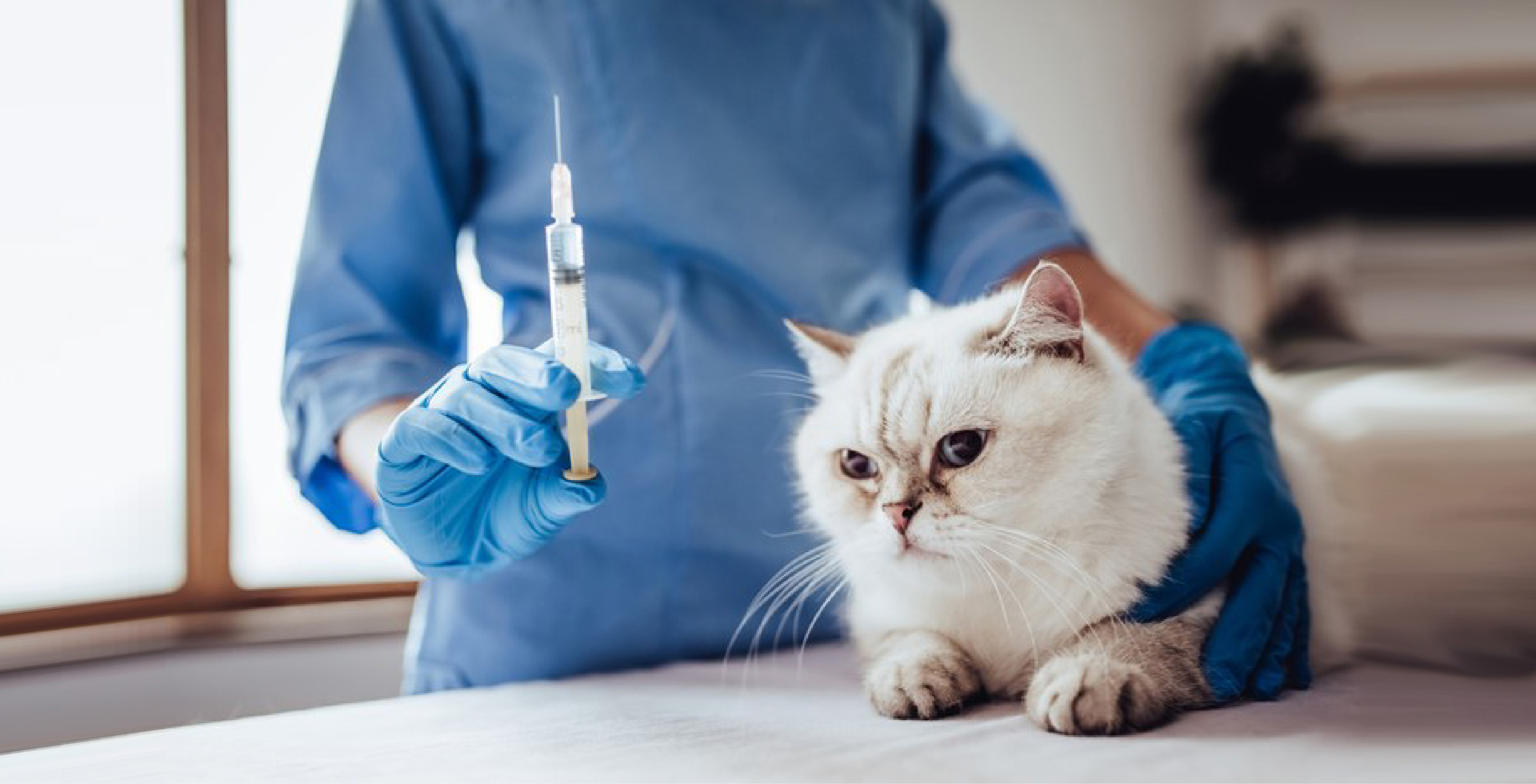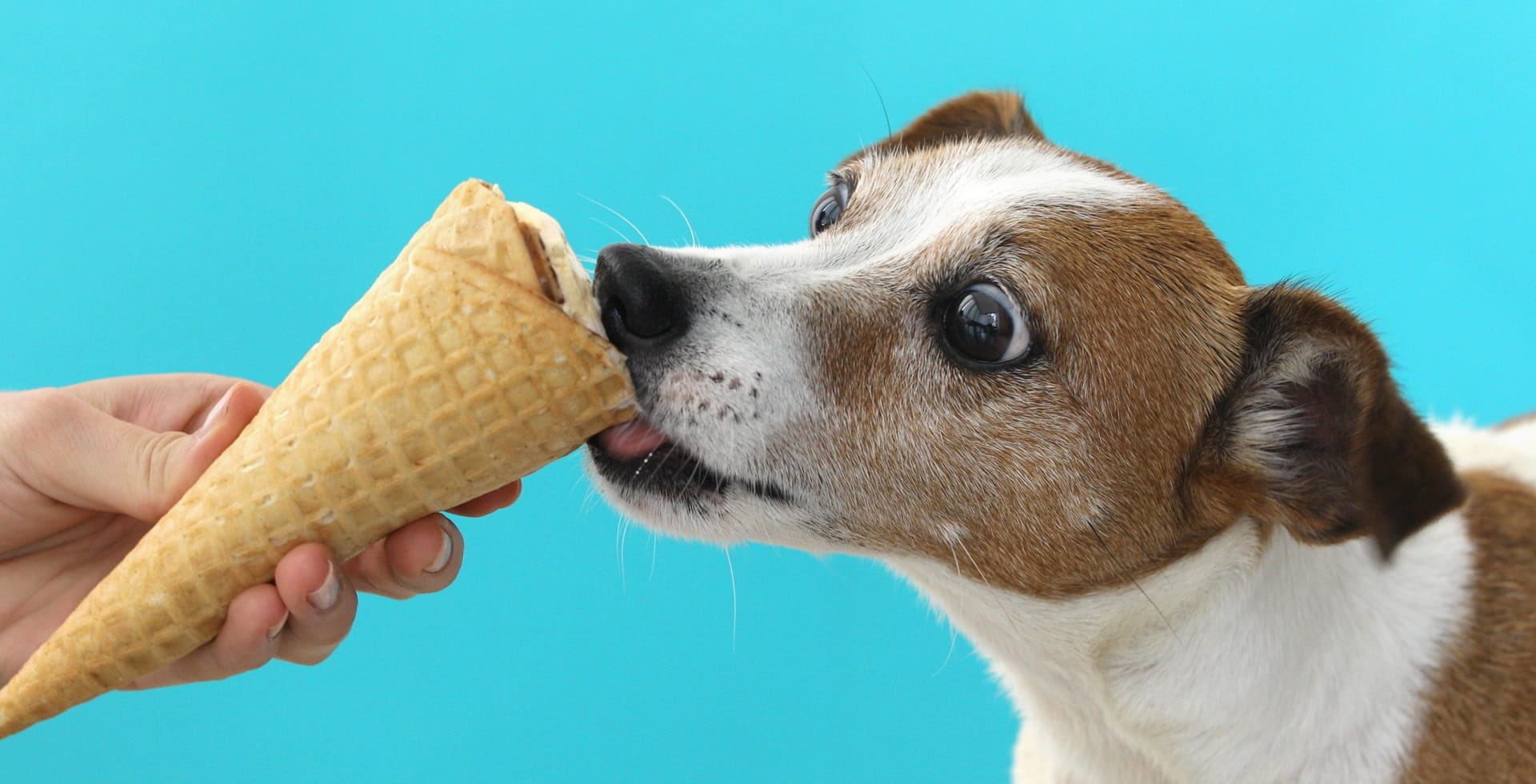
Summary
Veterinary care is the second largest area of spend for pet parents, next to food. Within the pet healthcare sector, diagnostics is one of the most interesting and attractive segments. Just as for humans, diagnostics can help to understand a pet’s illness or injury by utilising laboratory testing- including blood work, urinalysis, faecal specimen, cardiac health, and cytology.
|
|
Download the article here |
Spending on pets has been growing steadily over many years and this trend is likely to continue in the future. Pet spending is driven by rising pet ownership as well as higher spending per pet. According to the American Pet Products Association (APPA), a whopping USD 104 billion was spent on pets in the US alone in 2020. This represents a growth of 6.7% over 2019 and APPA estimates further growth of the pet economy of 5.8% in 2021.1
Actual Sales within the US Market in 2020 1

Veterinary care is the second largest area of spend for pet parents, next to food. Within the pet healthcare sector, diagnostics is one of the most interesting and attractive segments. Just as for humans, diagnostics can help to understand a pet’s illness or injury by utilising laboratory testing- including blood work, urinalysis, faecal specimen, cardiac health, and cytology. Following diagnostic analysis a more targeted and tailored treatment plan can help to improve a patient's chance of recovery.
The pet diagnostics market can generally be separated into 2 areas: point-of-care testing and reference labs. Point-of-care testing happens at the veterinary practices where the pet receives treatment. This has seen strong technological progress and an increasing number of testing methods are now directly available to veterinarians. Blood sample testing is the most common procedure, but many other variants are readily available today. At the veterinary practices, the diagnostics equipment is usually combined with a software solution for seamless analysis, output and documentation. The high equipment cost and the time taken to embed the testing into a practice’s procedures can act as a deterrent to switching providers.
Tests can also be performed by the larger reference labs. However, these labs also perform more advanced and specialised testing methods including cytology, biopsy and antibody testing. Samples are collected from the veterinary practices and analysed by professionals such as pathologists at the lab.
Veterinarians usually have standing contracts with providers of laboratory services and are linked to the lab with specific software solutions that make the results available. In the meantime, diagnostics companies have even teamed up with the pet pharma industry to provide tests for specific pet health issues that then can immediately be addressed by the appropriate medication.
Pet diagnostics overview


The diagnostic market has been growing strongly in the past couple of years as technology has become more readily available. In fact, the pet diagnostics market has caught up with human diagnostics and pets can receive quite similar diagnostics to their pet parents. There are however two meaningful differences in the market structure between the pet and human side. First of all, unlike human healthcare, pet healthcare requires cash payment. Without third-party payers, pet healthcare does not face the same reimbursement issues and pricing pressure. Secondly, utilisation rates for pet diagnostics are still comparatively low. In the US, only 22% of sick visits include blood-based diagnostics, the most widely available tool. Those practices that use diagnostics most frequently get to a utilisation rate of 40%. Outside the US, which is probably the market with the highest availability of pet diagnostics, utilisation rates are significantly lower at around just 6%. Whilst utilisation rates in the UK are similar to the US, other European markets are well behind. On top of the involvement of diagnostics in regular visits driven by acute issues, so-called wellness visits to the pet doctor have gained in importance. Just like on the human side, pet owners bring their pets for regular check-ups. So far, just 9% of these wellness visits include some diagnostics procedure.
Differences in health treatment approaches seem to explain low utilisation rates for diagnostics. In the past, veterinarians have been taught to emphasise treatment versus diagnosis. This paradigm appears to be slowly changing, with industry representatives educating veterinarians about the benefits of diagnostics as well as the positive impact on practices’ profitability. On the other side, veterinarians are educating pet owners on long-term health benefits for their pets. Overall, more a precise diagnosis and/or early detection can help improve treatment and even mitigate or avoid health issues - as well as reducing the high costs pet parents face for ineffective treatments or those that have started too late.
The drivers of pet diagnostics

Sources: Allianz Global Investors, Idexx, Heska, May 2021
How to invest

Pet health diagnostics enjoys a welldefined and relatively limited competitive landscape. In the US, the market for example is highly concentrated with four players controlling almost entire market.
Listed players include Idexx Laboratories *, the global leader in pet diagnostics equipment and services, and Heska*, the third largest provider in the US. Competitor Antech *, a major provider of reference lab services, is privately held as part of the Mars PetCare * business. Zoetis *, the world’s largest supplier of pet and animal pharmaceuticals, is also active in the diagnostics space.
High barriers to entry, attractive growth and good profitability make the space attractive from an investor’s perspective.
Market players also enjoy durable and sustainable revenue streams, solid cash flow generation with multi-year contracts providing high visibility on future trends.
Most customers of diagnostic equipment are locked in multi-year contracts which they are unlikely to break, due to the costs involved, resulting in low customer switch rates.
Allianz Pet and Animal Wellbeing strategy 3
Allianz Pet and Animal Wellbeing is a pure thematic investment strategy with an exclusive focus on the global pet market.
Driven by the megatrend of Demographic & Social Change, we invest in companies across the globe that are directly participating in and benefiting from the pet economy.
* Securities mentioned in this document are for illustrative purposes only and do not constitute a recommendation or solicitation to buy or sell any particular security. These securities will not necessarily be comprised in the portfolio by the time this document is disclosed or at any other subsequent date.
1 Source: American Pet Products Association, 2021 State of the Industry, March 2021. Other Services include boarding, grooming, insurance, training, pet sitting and walking and all services outside of veterinary care.
2 J.P. Morgan, January 2021
3 A performance of the strategy is not guaranteed and losses remain possible
4 Compound Annual Growth Rate https://www. grandviewresearch.com/press-release/global-pet-care-market - last updated: 30/11/2018
5 Grassroots Research® is a division of Allianz Global Investors that commissions investigative market research for asset-management professionals. Research data used to generate Grassroots Research® reports are received from independent, third-party contractors who supply research that, as far as permissible by applicable laws and regulations, may be paid for by commissions generated by trades executed on behalf of clients.
Investing involves risk. The value of an investment and the income from it may fall as well as rise and investors might not get back the full amount invested. The views and opinions expressed herein, which are subject to change without notice, are those of the issuer companies at the time of publication. The data used is derived from various sources, and assumed to be correct and reliable at the time of publication. The conditions of any underlying offer or contract that may have been, or will be, made or concluded, shall prevail. The Management Company may decide to terminate the arrangements made for the marketing of its collective investment undertakings in accordance with applicable de-notification regulation. The duplication, publication, or transmission of the contents, irrespective of the form, is not permitted; except for the case of explicit permission by Allianz Global Investors GmbH.
For investors in Europe (excluding Switzerland)
This is a marketing communication issued by Allianz Global Investors GmbH, www.allianzgi.com, an investment company with limited liability, incorporated in Germany, with its registered office at Bockenheimer Landstrasse 42-44, 60323 Frankfurt/M, registered with the local court Frankfurt/M under HRB 9340, authorised by Bundesanstalt für Finanzdienstleistungsaufsicht (www.bafin.de).
The Summary of Investor Rights is available in English, French, German, Italian and Spanish at https://regulatory.allianzgi.com/en/investors-rights
Allianz Global Investors GmbH has established branches in the United Kingdom, France, Italy, Spain, Luxembourg, Sweden, Belgium and the Netherlands. Contact details and information on the local regulation are available here (www.allianzgi.com/Info).
For investors in Switzerland
This is a marketing communication issued by Allianz Global Investors (Schweiz) AG, a 100% subsidiary of Allianz Global Investors GmbH.
AdMaster: 1657040

Summary
The role that pets are playing in their human's lives has shifted dramatically over the years: from a functional, or working role, to that of a companion and family member. This trend to humanise pets has led to new segments of the pet economy developing, which offer new opportunities to generate revenue. Pet parents are not just spending more on their pets' basic needs, they are seeking out high-quality premium products.









